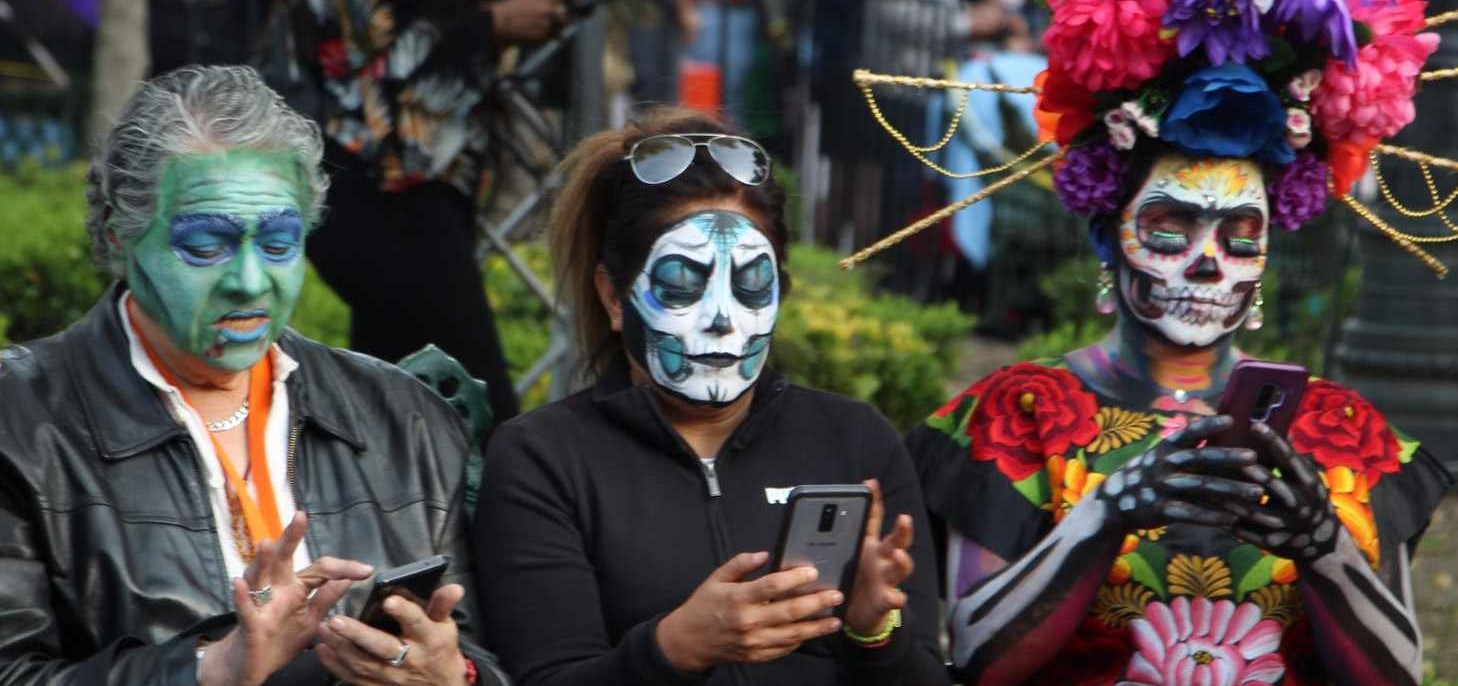home » Argentina
Articles about "Argentina"
Realidades socioculturales
Vol 5 No 10 (2022)
The Celebration of Beliefs. Cultural Policies and Religious Diversity in a Public Cultural Center in the City of Buenos Aires (Argentina)
- María Eugenia Funes
- Mercedes Máspero
- Mercedes Nachón Ramírez
Keywords: Argentina, religious diversity, public space, New Age spirituality, cultural policies.
The purpose behind this article is to analyze the way in which the diversity of beliefs was defined and rebuilt in a cycle organized by a public cultural center in the city of Buenos Aires. For this, we will study the uses of the category of belief and the spiritual references created by participating state agents, artists and religious and spiritual specialists. We ask ourselves the definitions of all that is religious, spiritual and the diversity of beliefs that move outside institutions traditionally linked to religion. Likewise, we set out to show, using a specific case, the way in which the concern over diversity in the design of Latin American cultural public policies can coexist with the selection of specific cultural expressions which, in this case, represent only a part of the existing religious diversity. The data were built from a qualitative strategy that included participatory observations, in-depth interviews and the analysis of documents.
EncArtes multimedia
Vol 4 No 8 (2021)

“Cabby Altars”: Random Miniethnographies of Daily (Religious) Life
- Alejandro Frigerio
This paper shows and analyzes the assemblages of magical-religious symbols and images that many cab drivers1 in the city of Buenos Aires hang from the mirrors of their cars or attach to their sun visors. She uses the word "altars" cautiously to make visible these minimalist traces of the daily religious life of the porteños, objects that at once provide protection against the dangers of everyday street traffic and testify to relationships with specific superhuman beings. In these heterogeneous assemblages appear saints and virgins, popular saints and oriental and/or esoteric symbols -that testify to the rich magical-religious diversity of the city- as well as photos and memories of individuals and social collectives with a high charge of sacredness (children, relatives, soccer clubs). These "altars" are evidence of singular religious and familial journeys, but they also result from random interactions with passengers and evidence more general and little recognized patterns of how porteños relate to superhuman beings.







